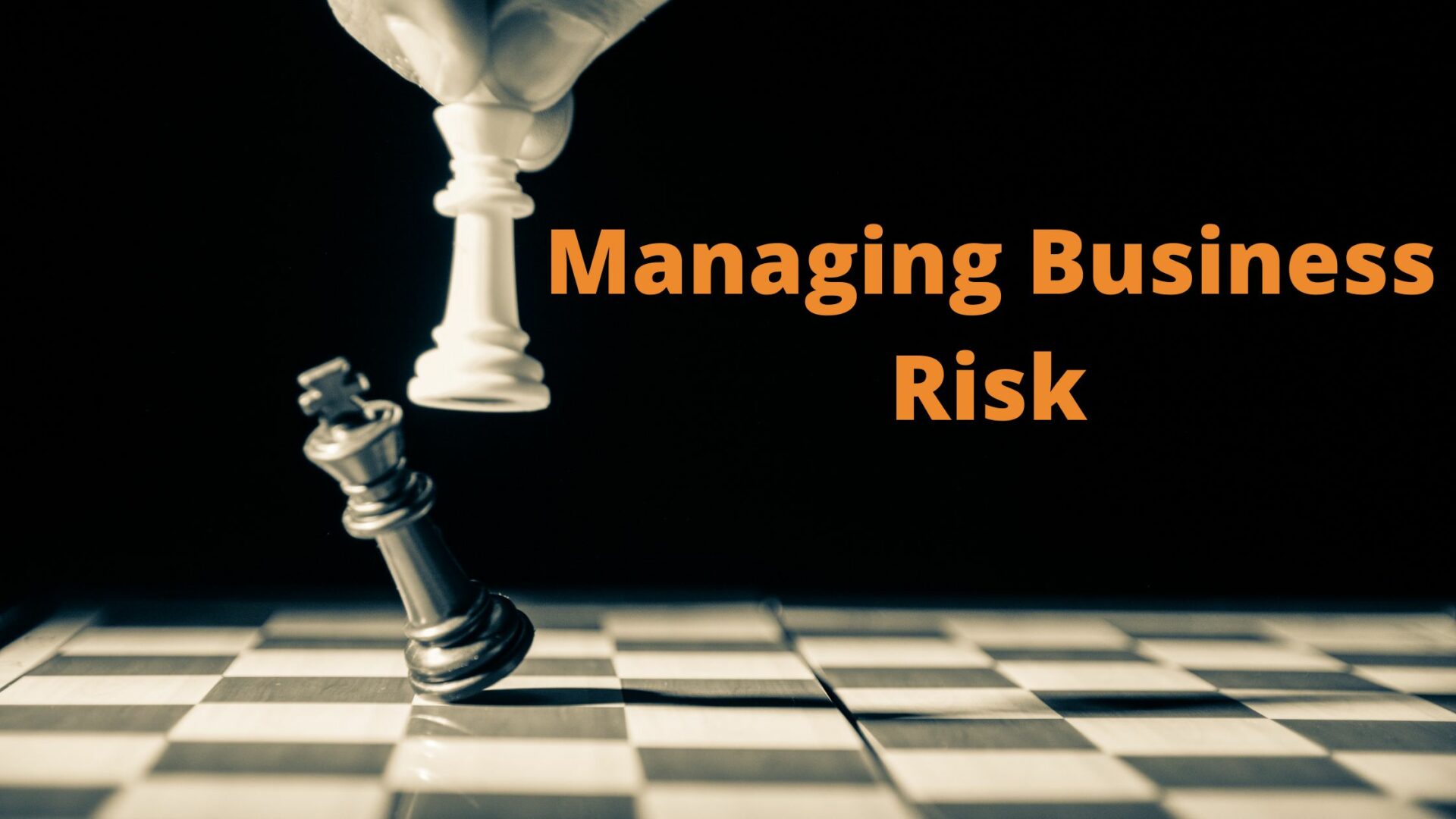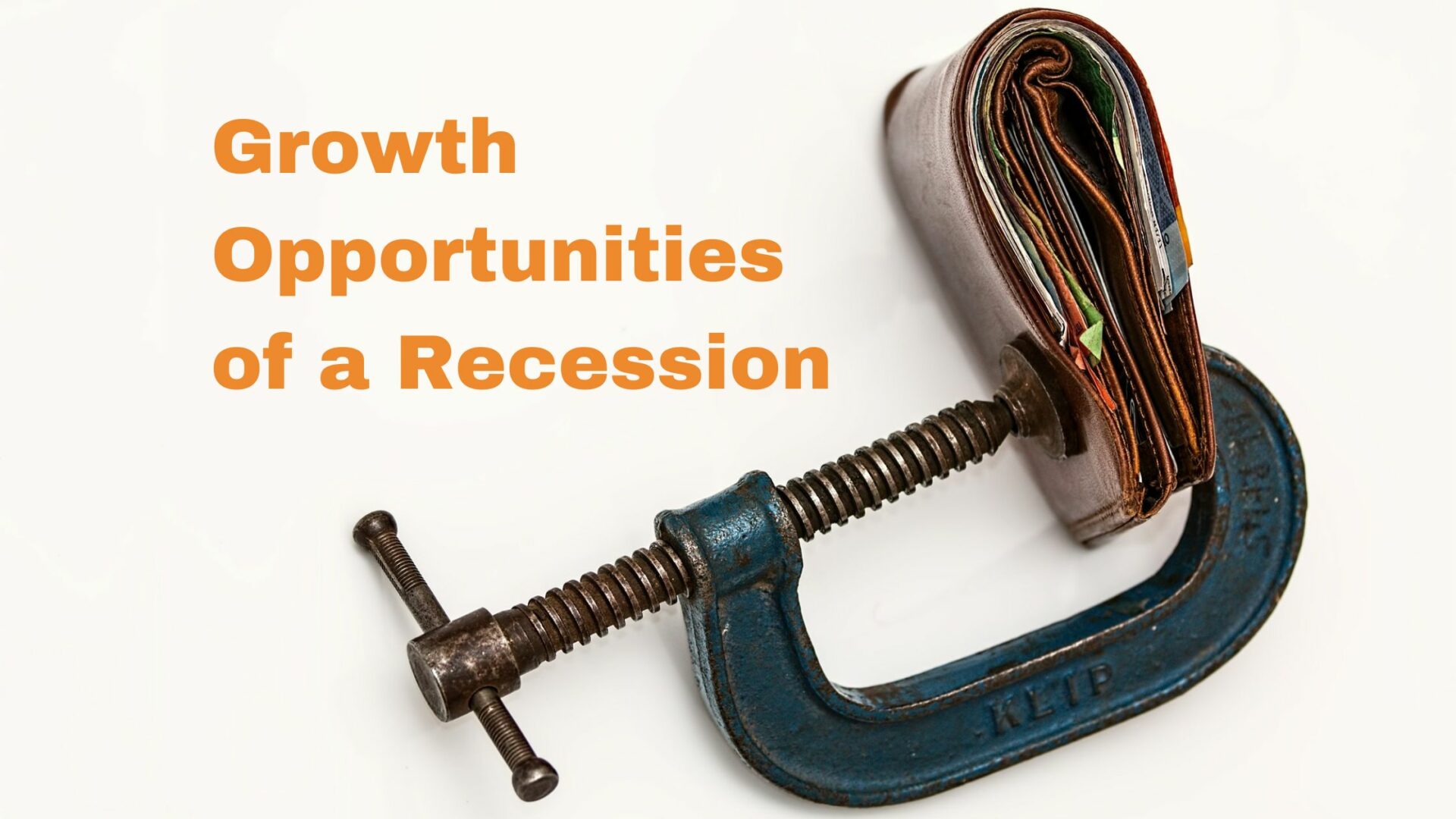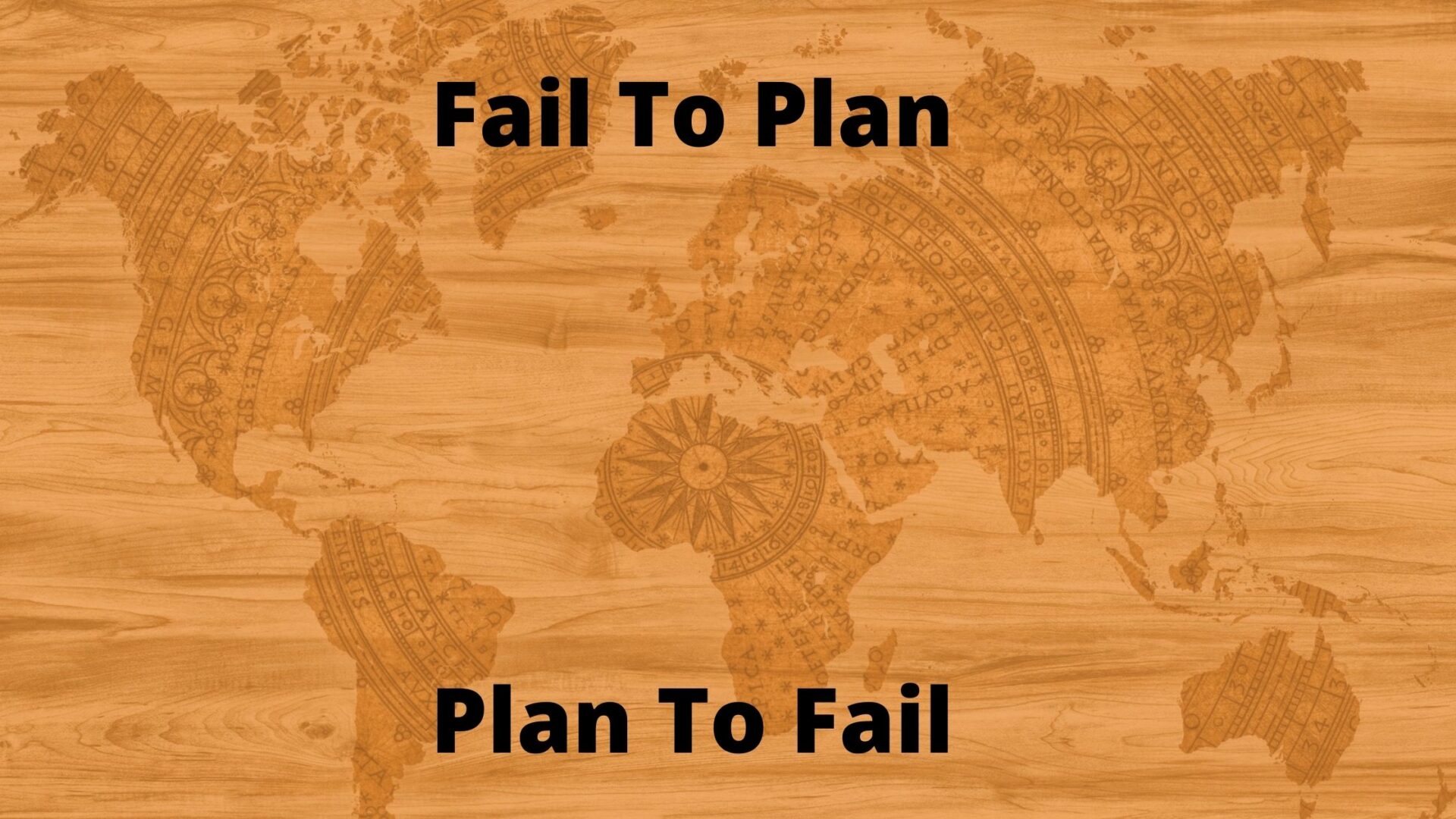
Can a successful start-up go from “good to great” with a brilliant entrepreneurial CEO repeating past approaches?
Can a successful startup ever go from good to great with an entrepreneurial CEO who’s repeating past approaches?
The short answer is no.
Now, let me explain before this ruffles too many feathers! The same CEO who was once visionary and driven, resourceful, and innovative, can still be the right leader. They’ll just need to add extra strings to their bow.
Do all budding CEO’s operating at this level follow this advice? Sadly not. Let’s take a look at why and how your business can be an exception to the rule.
Why Is There A Problem?
Throughout the venture, they would have received a steady stream of reasons why the business won’t work; you don’t have the capital, there’s no market for the idea, or the marketing will be too costly. However, the real question underlying all of these is, “Are you sure you should be taking this risk”?
The entrepreneur goes ahead anyway and proves the doubters wrong. Now that their company is successful, why should they listen to anyone else? They’ve proved them wrong once, and they can do it again.
This is where many entrepreneurial leaders get stuck. After the first phase of success, many organisations see a plateau. One of the compass indicators that things are going south may be a smaller year on year growth in revenues but increasing year on year growth in costs.
Revolutionary Businesses Need Not Worry!
There are business leaders out there who shift the paradigm, and the rules of the game won’t have the same impact.
These are the entrepreneurs we hold in the highest esteem – think Jeff Bezos at Amazon, or Larry Page and Sergey Brin at Google. Society was ready for a new dynamic, and being in the right place at the right time meant they smashed through many of these early barriers, driven by their brilliance.
However, as much as we should admire their brilliance, the rules were instantly different when they entered the game. These situations are clear exceptions, and, unfortunately, most CEOs won’t find their journey too similar to Jeff Bezos’ – although it would be lovely!
Breaking the Fourth Wall
Back to the brilliant CEO of an SME – there’s a high chance if you’re reading this that it’s you. If there is a lack of paradigm shift in your marketplace, then you’ll need to adapt by – ironically – going against the grain of what created your initial success.
Here’s one way how you can help remedy the slowing growth.
ELM
In the past, you would have operated like an “E” on the ELM framework.
But, what is the ELM framework?
ELM allows a business to move from a binary way of looking at the roles required to lead an organisation towards a more balanced structure.
There are three areas to the ELM framework:
Entrepreneur (E) – disrupts, creates a vision, has insight, focused on innovation, concepts and ideas.
Leader (L) – brings people with them to buy into the vision, ideas, knows how to recruit the right people etc.
Manager (M) – ensures that delivery will happen, process-based, focused on what is happening right now.
As the organisation grows, it will need more “how” and “what”. This is when the (L) and (M) are introduced into daily functions. Steve Jobs needed Steve Wozniak, and Bill Gates needed Paul Allen.
If you have been successful so far, but you are seeing small signs of slowing growth, you should consider trying to find your “Woz”.
To learn more about the ELM framework and how it could help take your business to the next level, get in touch with SGFE.





